As technology advances and creativity flourishes in the kitchen, we continue to discover new dishes that are not only delicious but also vibrant and visually appealing. One captivating feast that exemplifies innovative culinary artistry is the so-called “Lechon de Pasko” showcased by the people of Valencia, Negros Oriental.
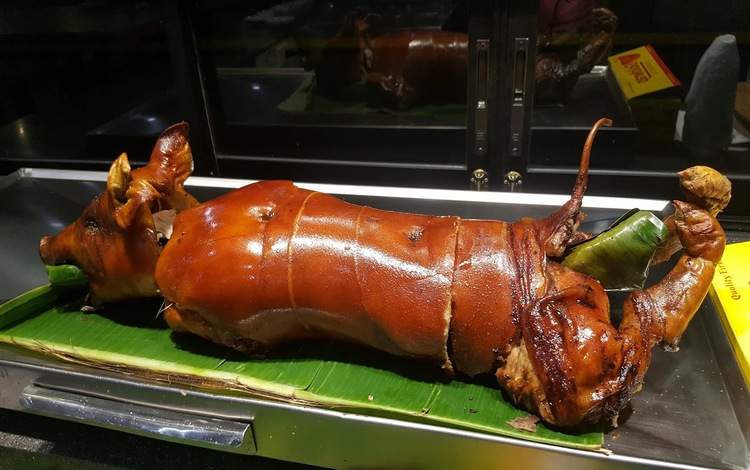
This particular lechon boasts an enchanting yellow hue adorned with colorful dots created using food colors, symbolizing the festive colors of Christmas. It emanates the spirit of a colorful celebration, paying homage to the national festival.
The lively town of Little Baguio in Valencia, Negros Oriental, becomes the center of attention during the Christmas season due to its unique Lechon de Pasko. It is a display of distinctive artistry and culture among the locals, extending beyond the traditional brown color associated with lechon.
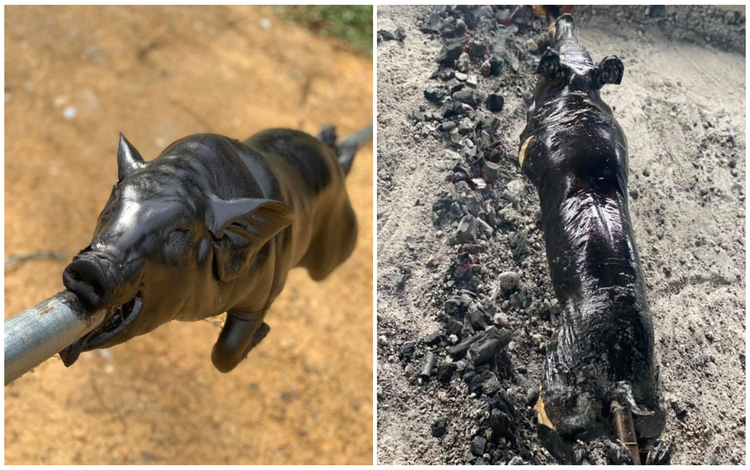
Over the years, the meaning of lechon has deepened as it has become an integral part of celebrations. It has transcended being merely a dish, evolving into an art form proudly embraced by the residents. Experimentation with the color and form of lechon has become a regular tradition, carried on by kitchen enthusiasts and culinary aficionados in the area.
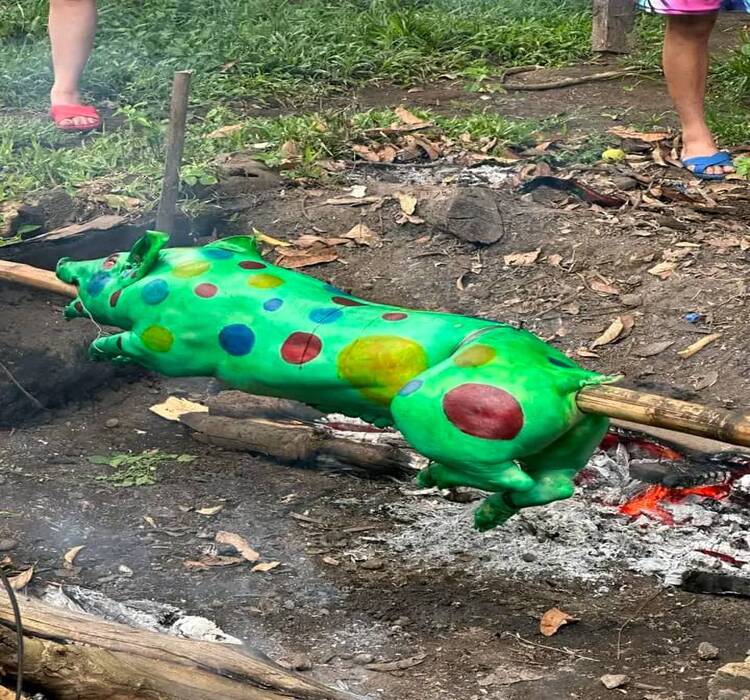
An example of this is the emergence of black lechon, seemingly lifted from the pages of a mysterious tale. It is crafted using squid ink as a coloring agent, leaving an unforgettable impression on those fortunate enough to taste it. The Lechon de Pasko represents a poignant and mysterious fusion of tradition and modernity.
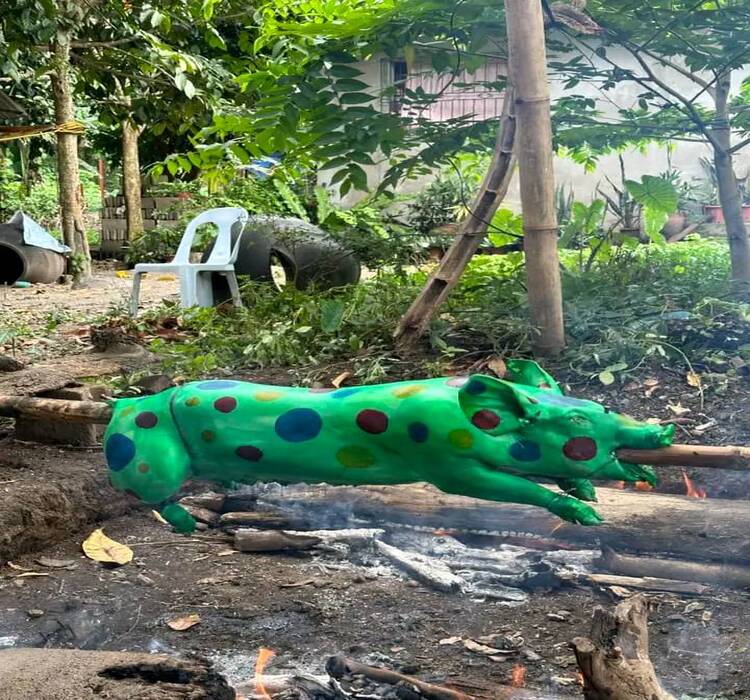
Social media vividly depicts the contemporary culture of Lechon de Pasko, where images of this culinary delight become viral, showcasing the unique talents of Valencia’s culinary artisans. This serves as an invitation for more people to visit the town and experience the distinct kingdom of delectable lechon.
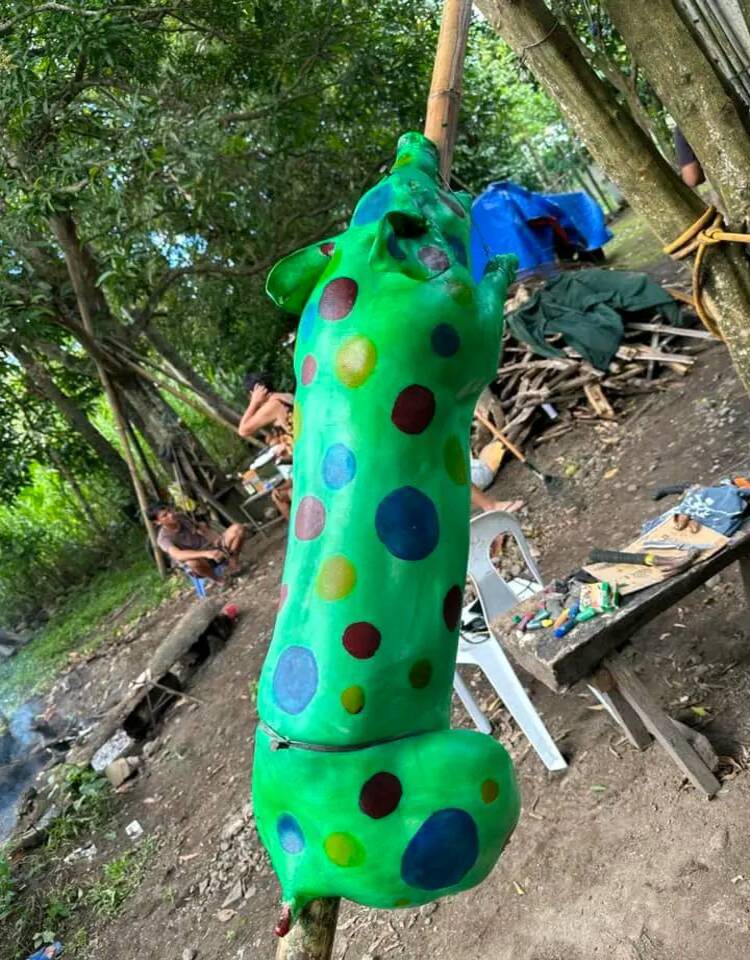
Led by passionate chefs and culinary enthusiasts, the tradition of Lechon de Pasko continues to thrive in Valencia, Negros Oriental. Its unique colors and flavors symbolize the history and culture of the region, providing entertainment for those who partake in it. Despite modernization, Lechon de Pasko remains a central figure in festivities, bringing joy to the people of Negros Oriental.
